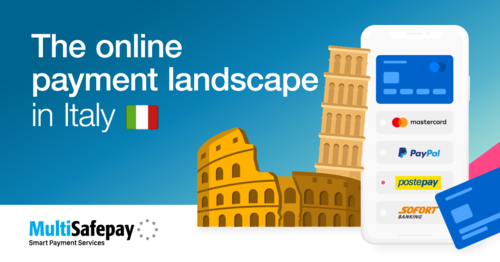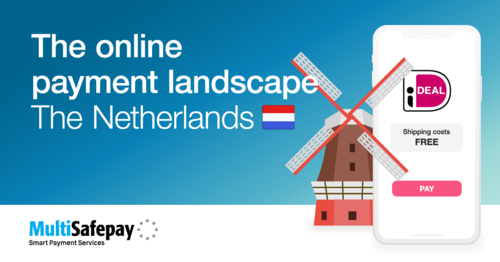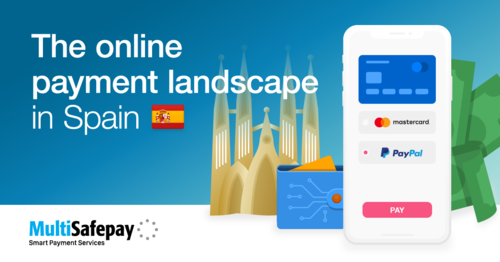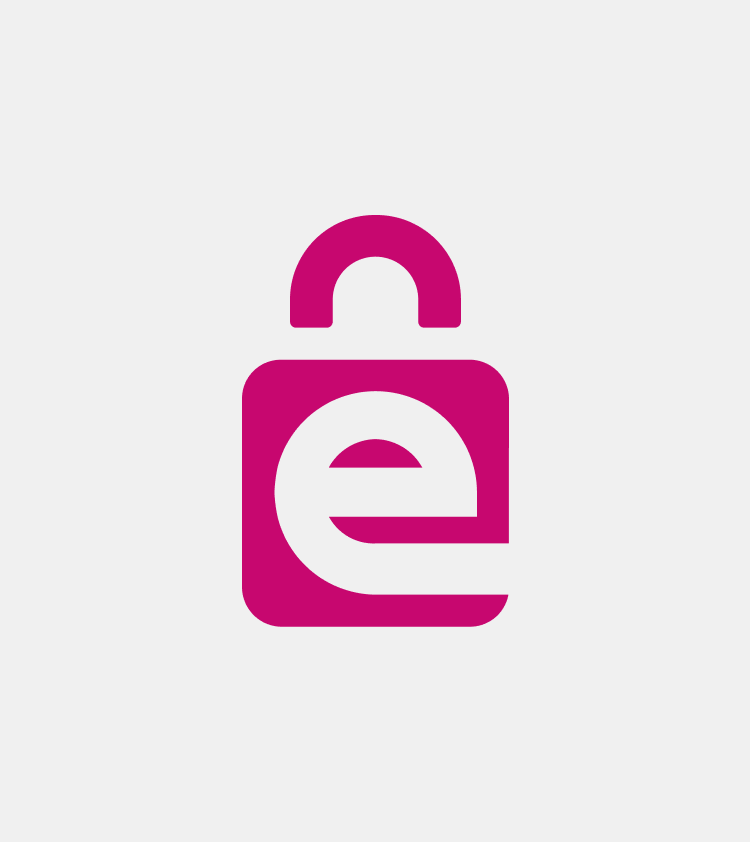Knowing your audience is key for a successful business. Here at MultiSafepay, we’ve been helping merchants and partners for over 20 years by removing payment barriers and enabling commerce. In this article we explore the most important influencing factors for Belgian consumers, payment trends, and golden rules for a successful expansion to Belgium.
Understanding the Belgian ecommerce market
For a long time, Belgium seemed to be slower than other Western European countries to embrace ecommerce. However, the Belgian commerce market has increased steadily in recent years, making it a land of opportunity. 74% of the Belgian population shops online; most female online shoppers are 16-24 years old, while male online shoppers are between 25 and 34.
In Belgium, there is a preference towards local and domestic stores. However, given that there are French, Dutch and German speaking audiences living in Belgium, shoppers are increasingly purchasing across borders, mostly at French and Dutch online shops as well as marketplaces like Fnac (French speaking) or bol.com (Dutch speaking).
The effects of 2020
When the Covid-19 pandemic hit the world, this also resulted in a general boost to ecommerce - and Belgium is no exception. Research by Safeshops reveals that in pre-Covid times 20% of Belgians bought something online at least once a week. And, this increased over the last years and one out of ten Belgians made their first online purchase during the lockdown. The 60+ generation makes up a large proportion of these new online buyers. As older generations often have more spending power than younger generations, it is also worth taking a look at the shopping habits and payment trends amongst each generation, making sure to align your offerings and marketing approaches to each potential consumer group. Our infographic about generational shopping trends can help you.
Payment landscape
Debit cards are one of the most used payment methods in Belgium. Credit cards are more used when it comes to higher amounts: the average spending is 72% higher than with debit cards.
The Belgian payment method Bancontact takes up around ⅔ of all online payments. Bancontact is a local payment scheme based on a collaboration of almost all Belgian banks. When paying with Bancontact, users can either pay via Bancontact card or via Bancontact mobile. Using Bancontact mobile they get redirected to their app and can either pay directly on their mobile device or by scanning the QR code on their desktops. Nowadays, over 50% of payments are done via the app.
Other commonly used payment methods in Belgium are Banking apps (Belfius, CBC, KBC, and ING Homepay), PayPal, and Apple Pay. Since Covid-19, the use of online and no-contact payments increased especially.
Key factors for the expansion to Belgium
Based on the given characteristics of the Belgian ecommerce market, we can conclude some essential factors merchants should keep in mind when planning an extension to Belgium.
Offer home delivery
The decision-making of Belgian online shoppers is predominantly driven by prices, followed by reliable and fast deliveries. Following Safeshops, doubts concerning online shopping amongst Belgian consumers have shifted from product quality issues towards worries about delivery. Home delivery experienced a boost during the first weeks of lockdown and led to higher client satisfaction. Also, reduced-contact delivery solutions were discovered by clients, such as Click & Collect.
7 out of 10 Belgian consumers prefer home delivery. If first-attempt delivery fails, half prefer delivery at the collection point, the other half near the house or a neighbor. Most packages are sent by Bpost, the National Mail company in Belgium. Due to many orders from the Netherlands, PostNL is covering a lot of deliveries as well.
Sustainable packing
An interesting addition to delivery is that 60% of Belgian shoppers indicate that they would value webshops working with sustainable and environmentally friendly packaging. As delivery is an essential second ‘moment of truth’, environment-friendly packaging can be an excellent opportunity for your business to stand out.
Go digital
Smartphones are gaining popularity as a commonly used shopping device, especially since the lockdown. In 2020, 45% of Belgian shoppers indicated that they frequently use their phones for purchases - a definite increase from 11% in 2017. Today, computers are still the main shopping channel for Belgians, however with a decreasing tendency from 73% in 2019 to 63% in 2020. Shopping apps are growing in preference - from 40% to 47% in 2020.
Conclusion
Due to the recent growth in online shopping and the general openness for cross-border sales, the Belgian market offers interesting potential for merchants, especially from the Netherlands, France, and Germany.
To win Belgian customers, offering their preferred payment methods and home delivery options is key. MultiSafepay has been cooperating with Belgian merchants and partners for many years. Our Belgian sales team is particularly familiar with the Belgian market to help you offer the right solutions and payment methods to the right consumers.
Curious to know what we can do for you?
Contact us



